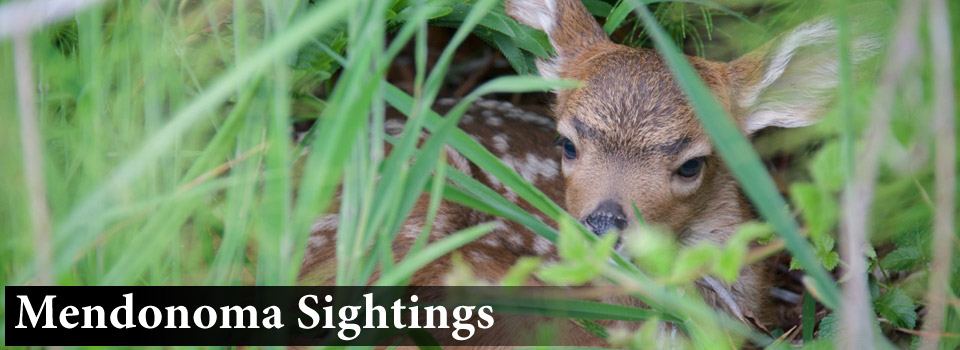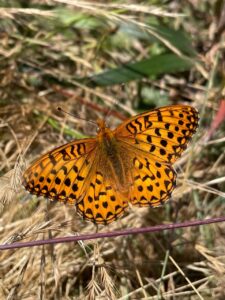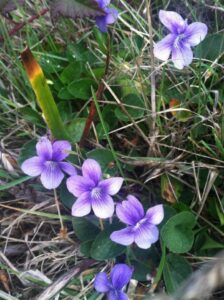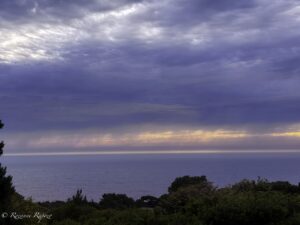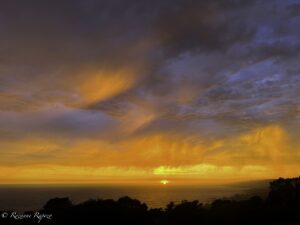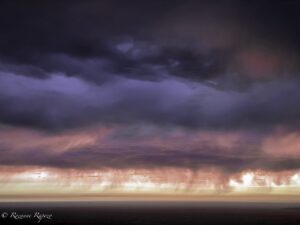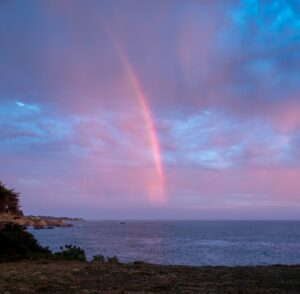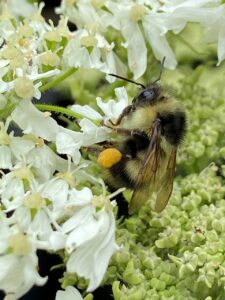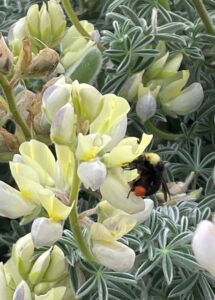Will Ericson found an endangered butterfly, a Behren’s Silverspot.
He wrote, “Here is the endangered Speyeria zerene behrensii, seen on the coastal prairie bluffs near Point Arena, it’s host is Viola adunca.” The common name for the host plant is Western Dog Violet. Here's a photo of the host plant, taken a while ago by Margaret Lindgren.
Will also photographed Dogface Butterflies.
He wrote, “The male has a dark egg yolk color with a metallic purple sheen on the forewing that the females do not have. I’ve never seen so many Dogface Butterflies as I have this year.” Will is seeing these colorful beauties in the Annapolis area. I have never seen one on the immediate coast. Let me know if you have.
More butterflies are appearing and gracing us with their presence.
Thanks to Will and Marg for allowing me to share their photos with you here.
It's cooler today due to our coastal air conditioning, ie the fog. It's sunny in Anchor Bay and in the low 70s. Perfect!
